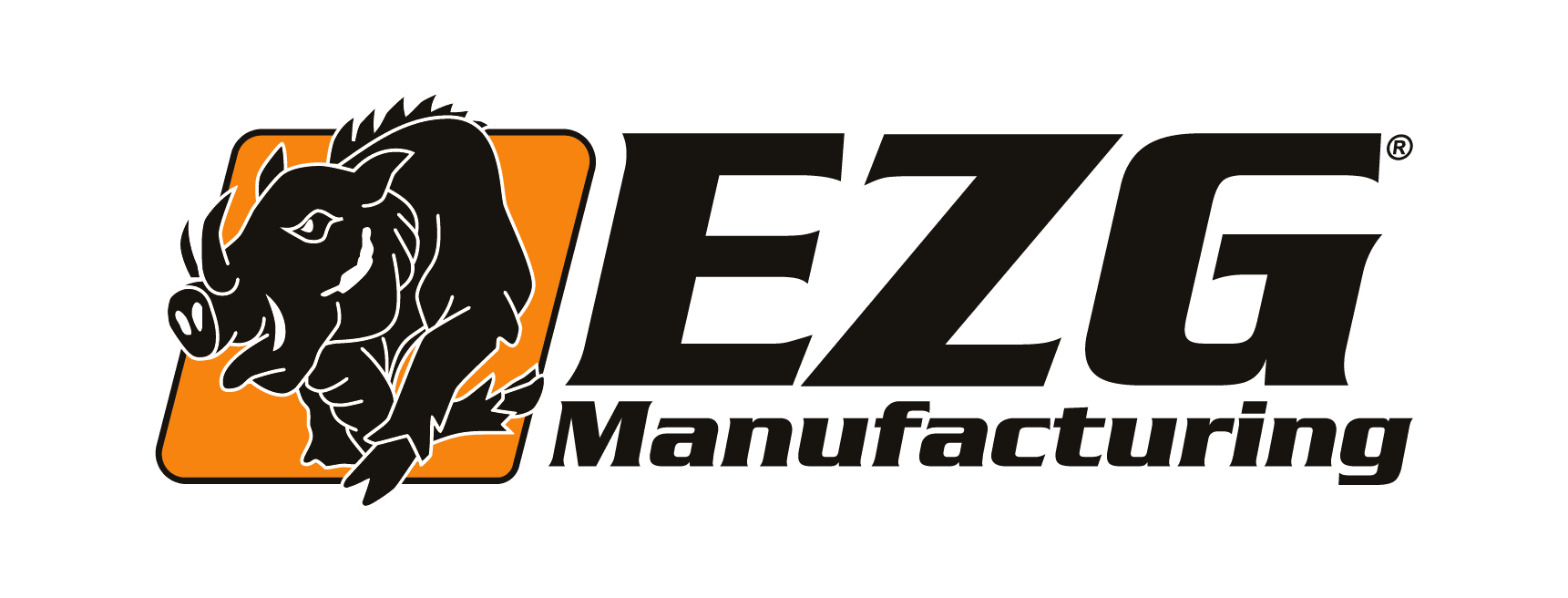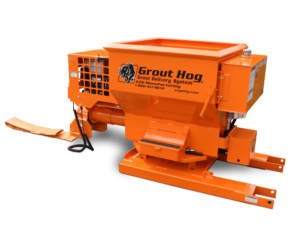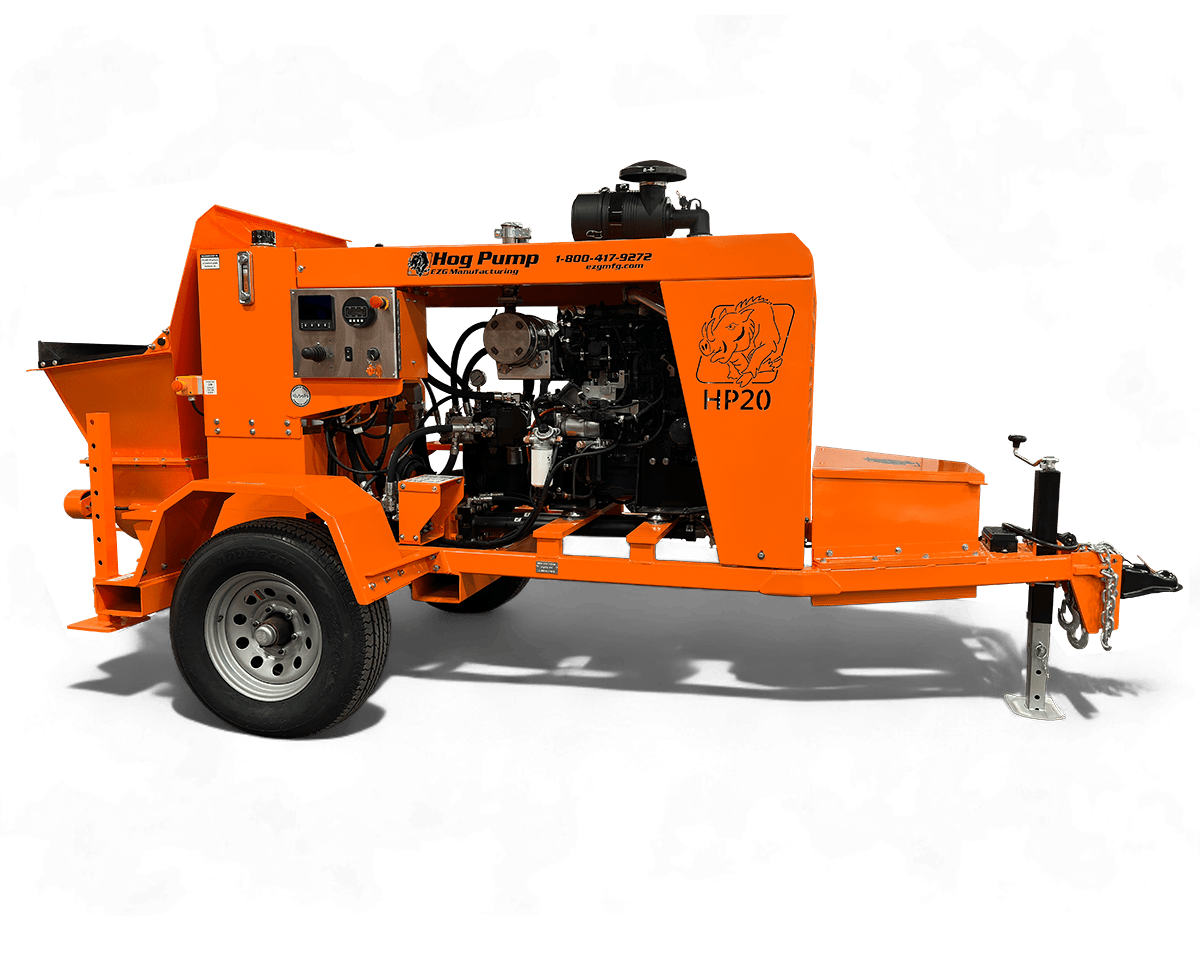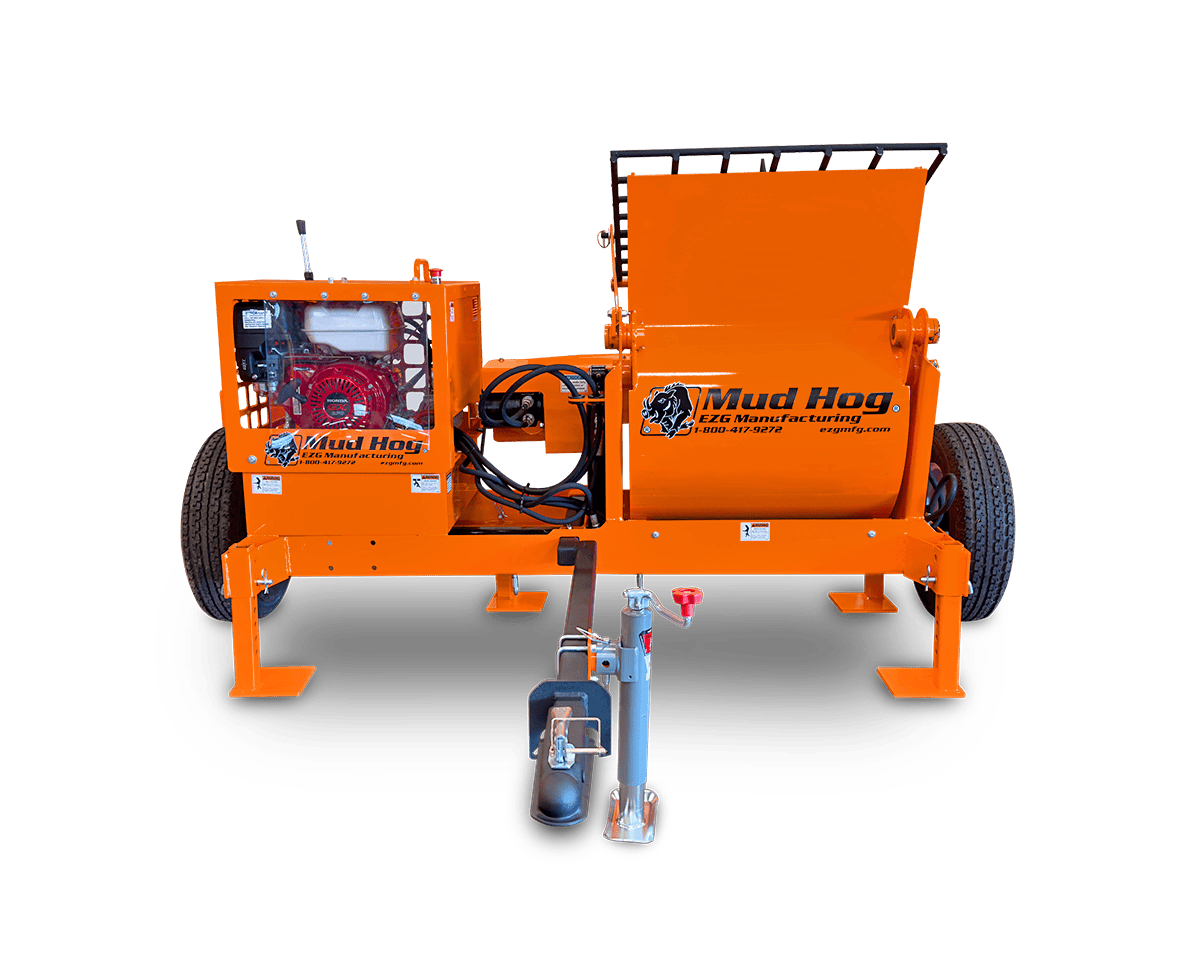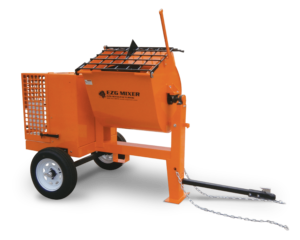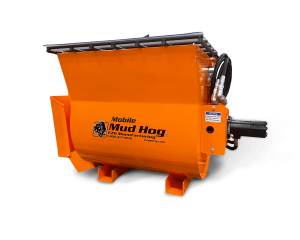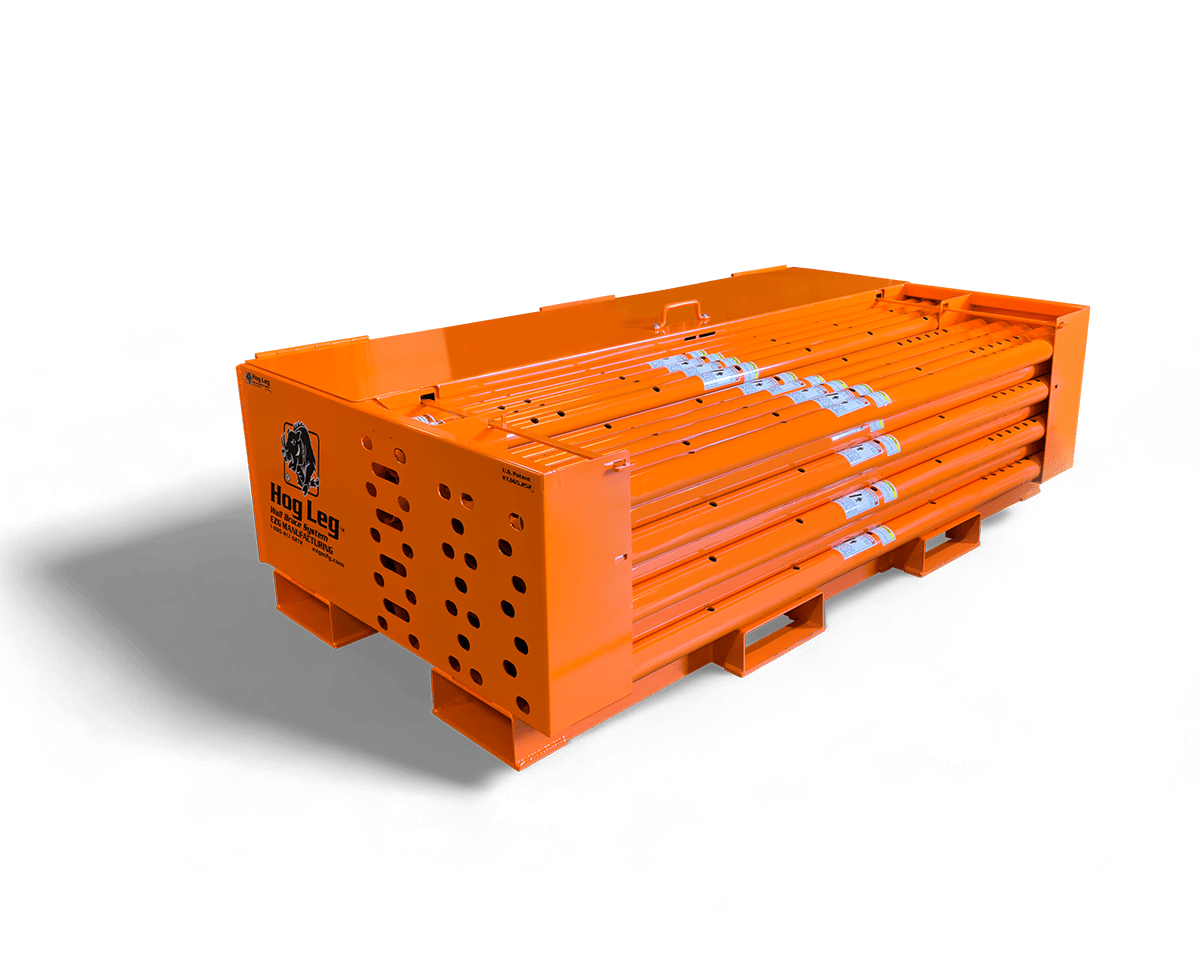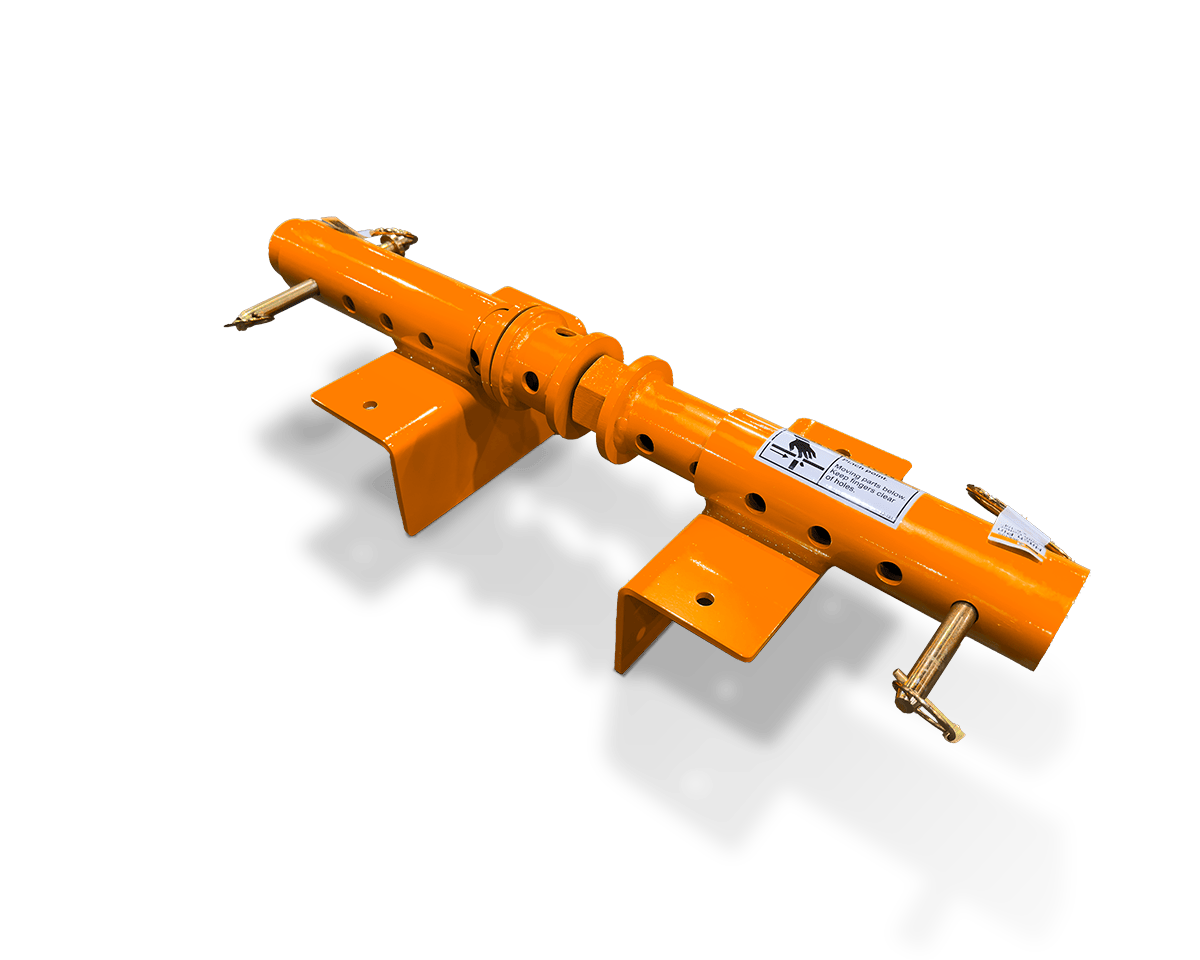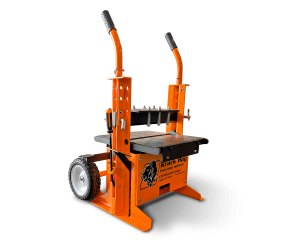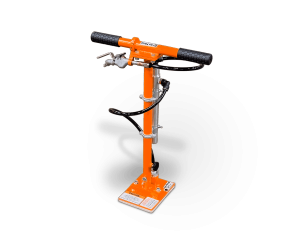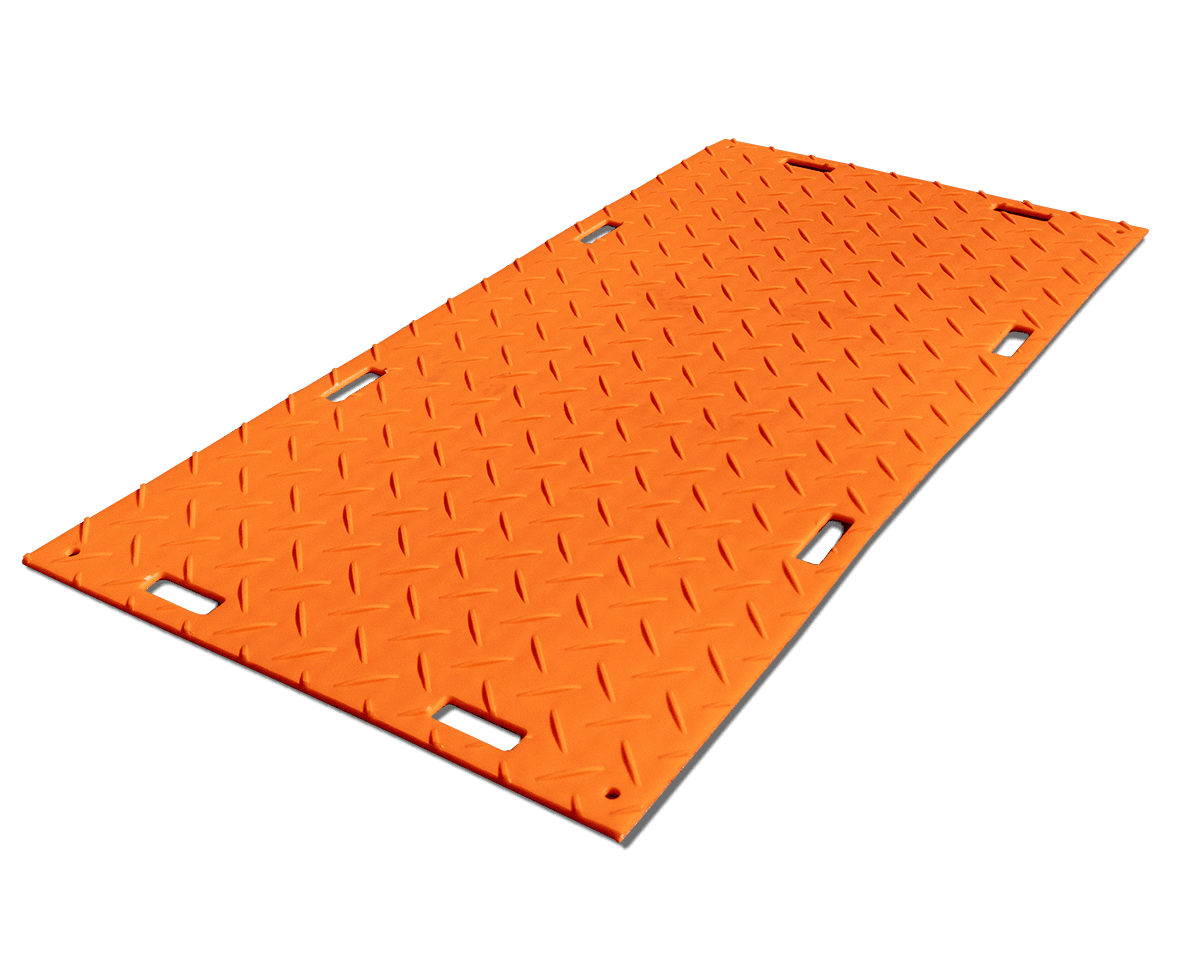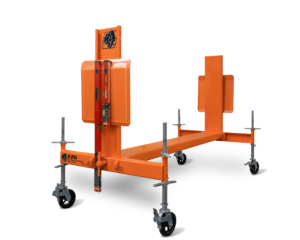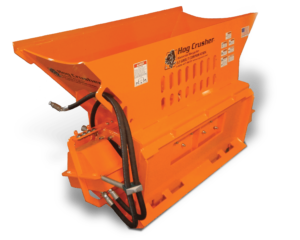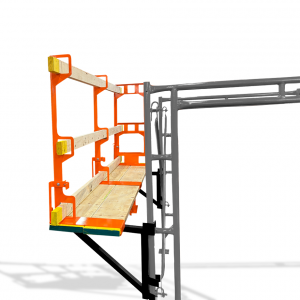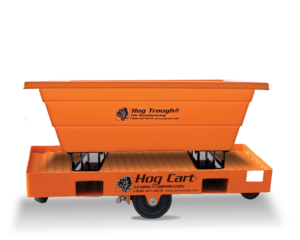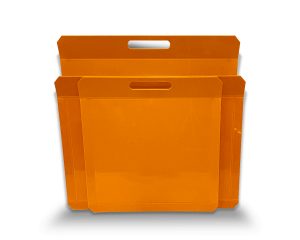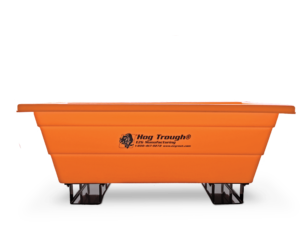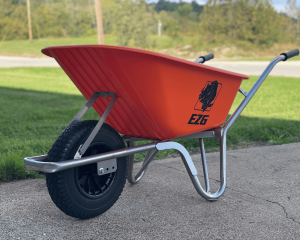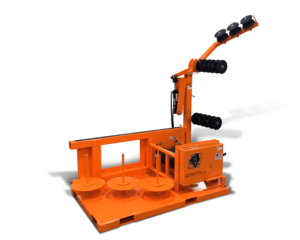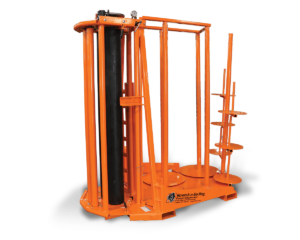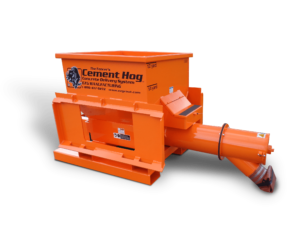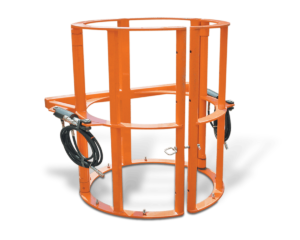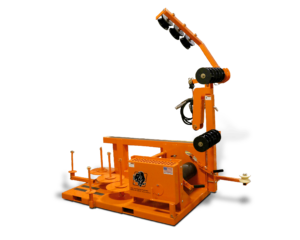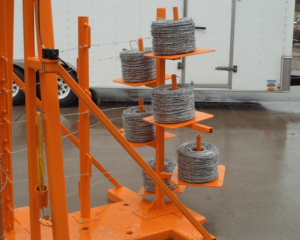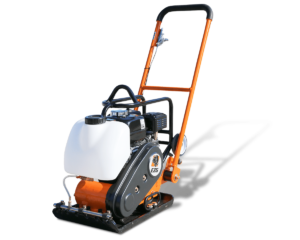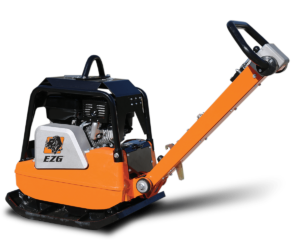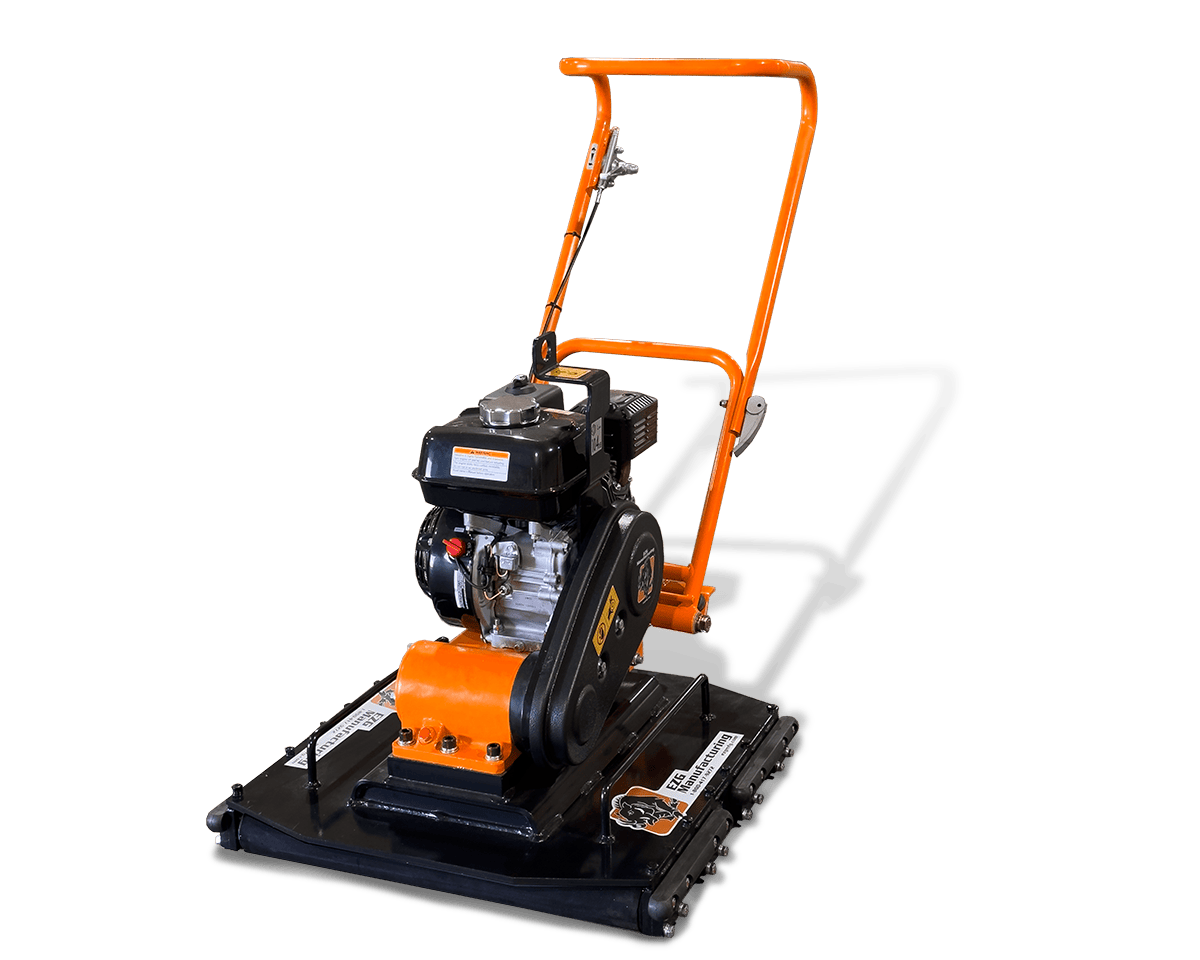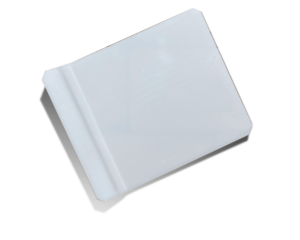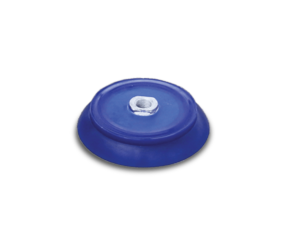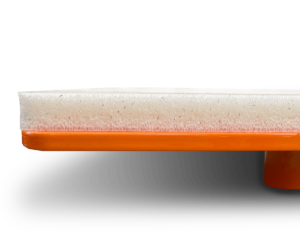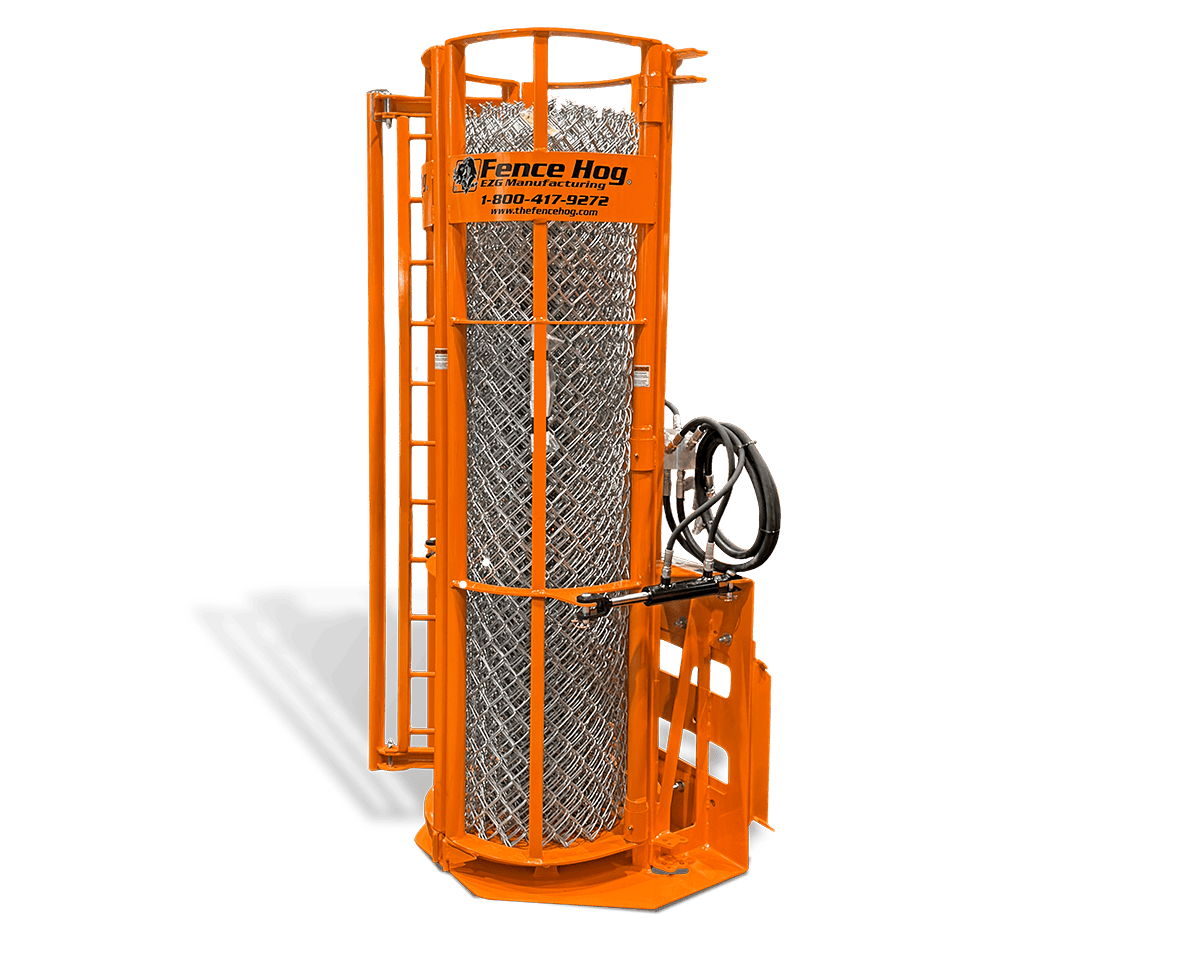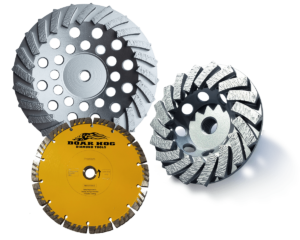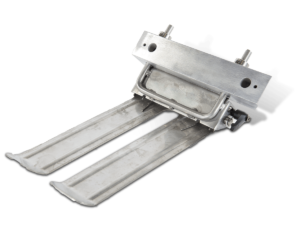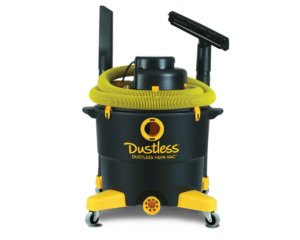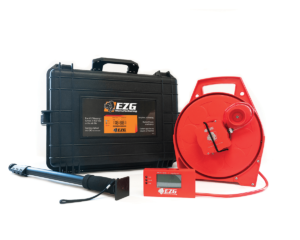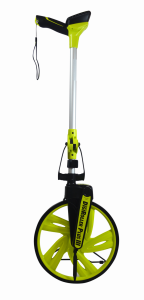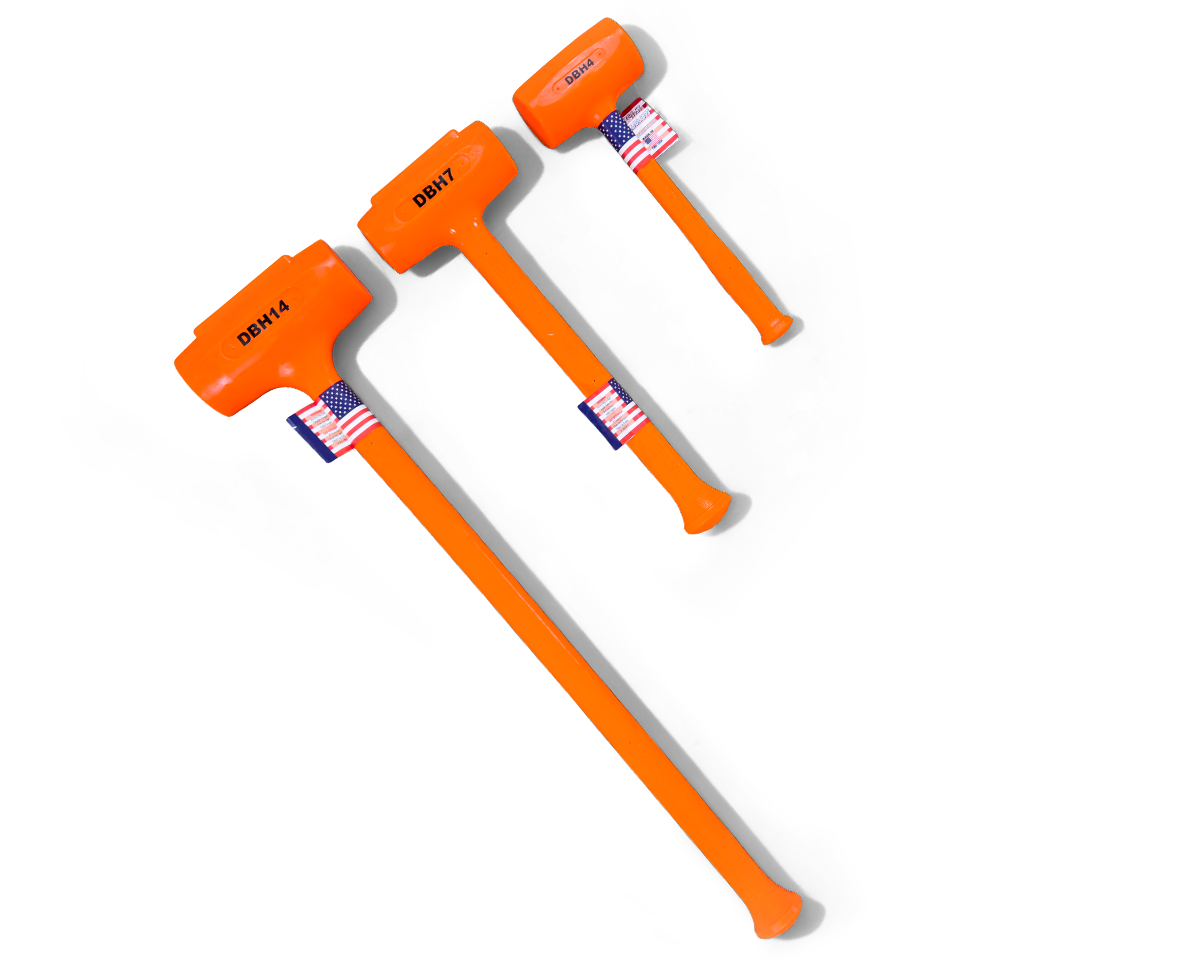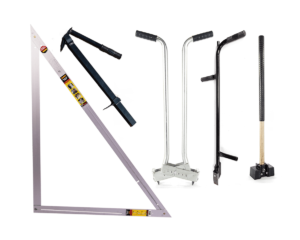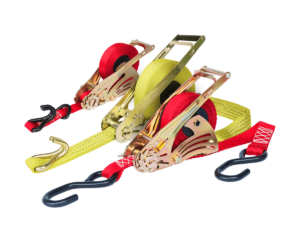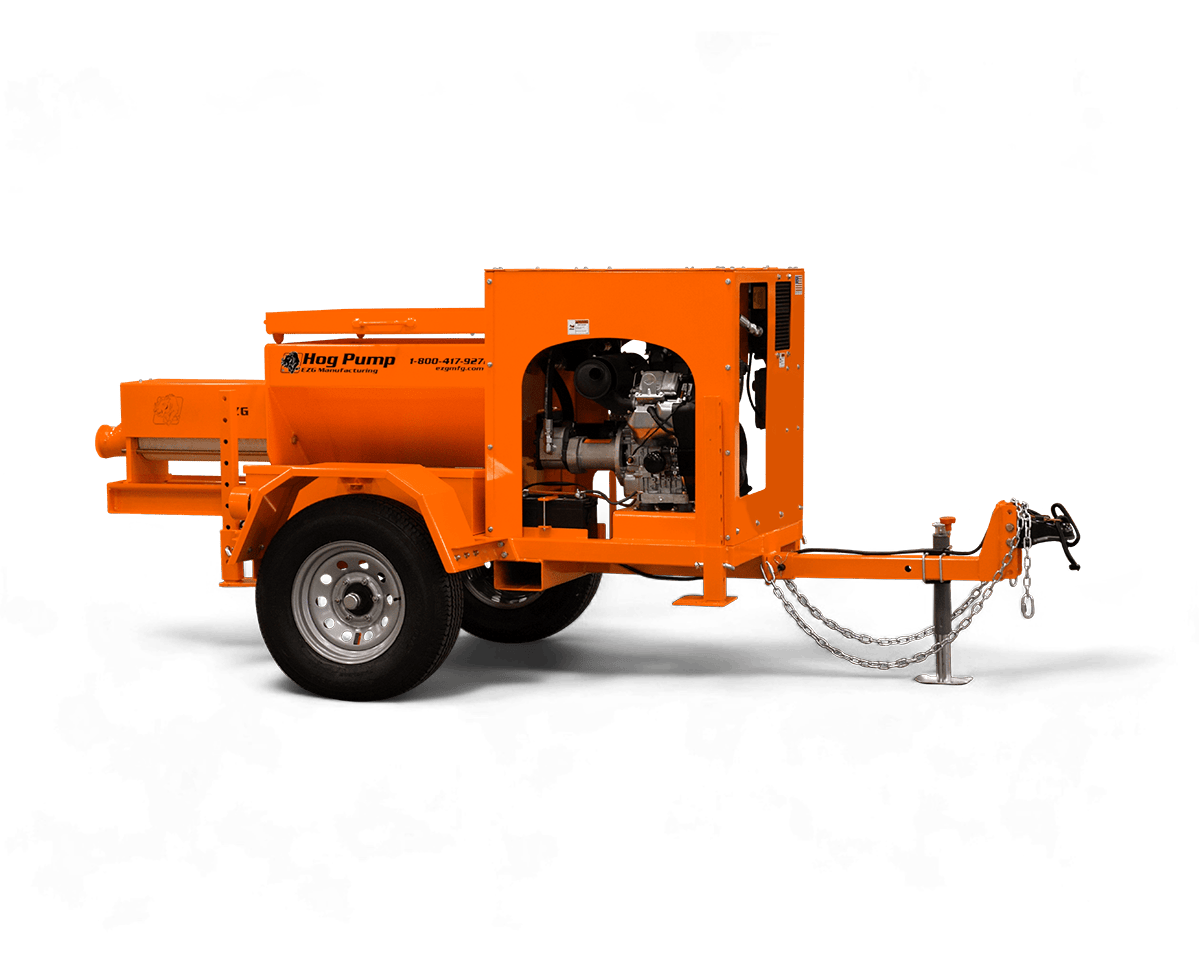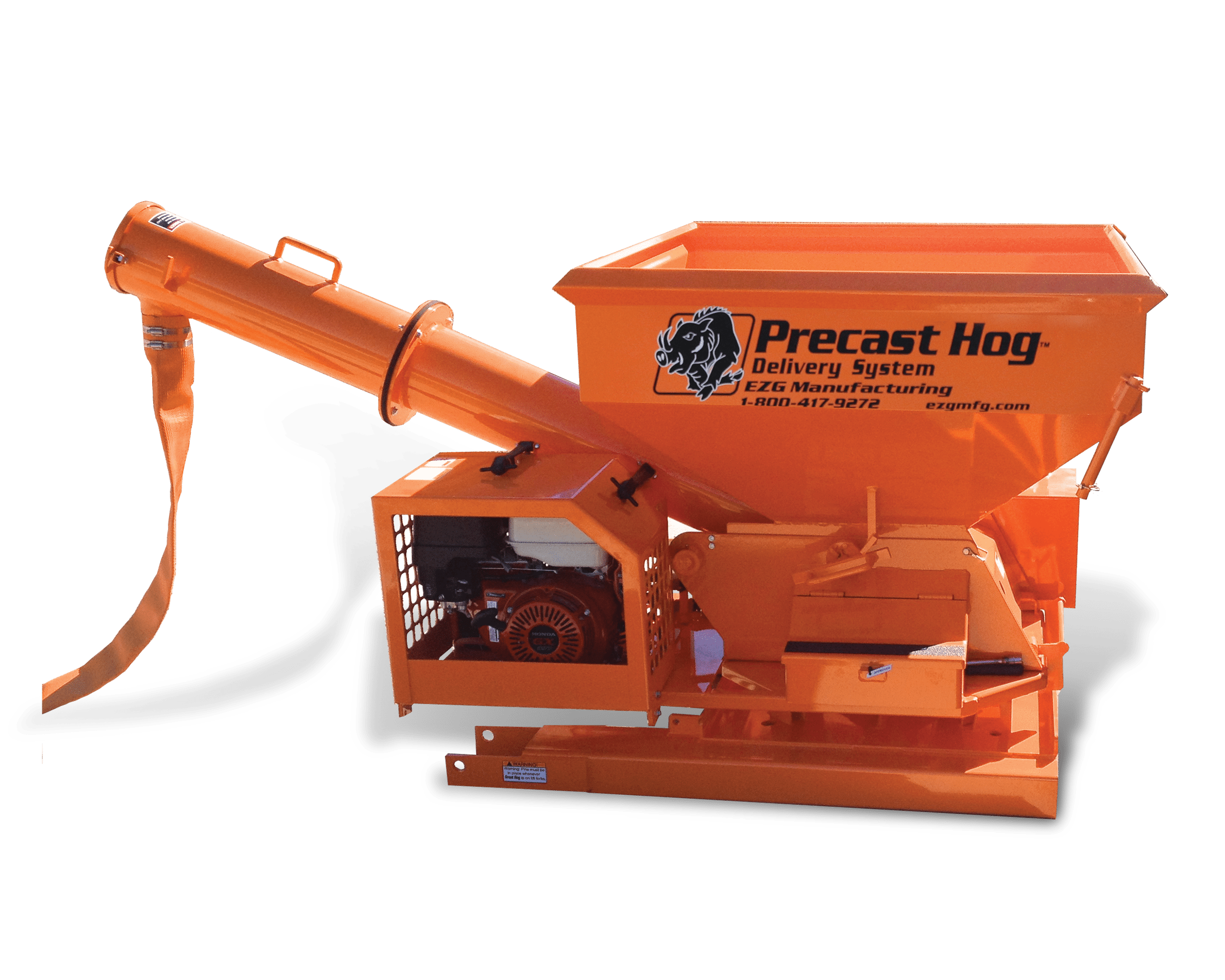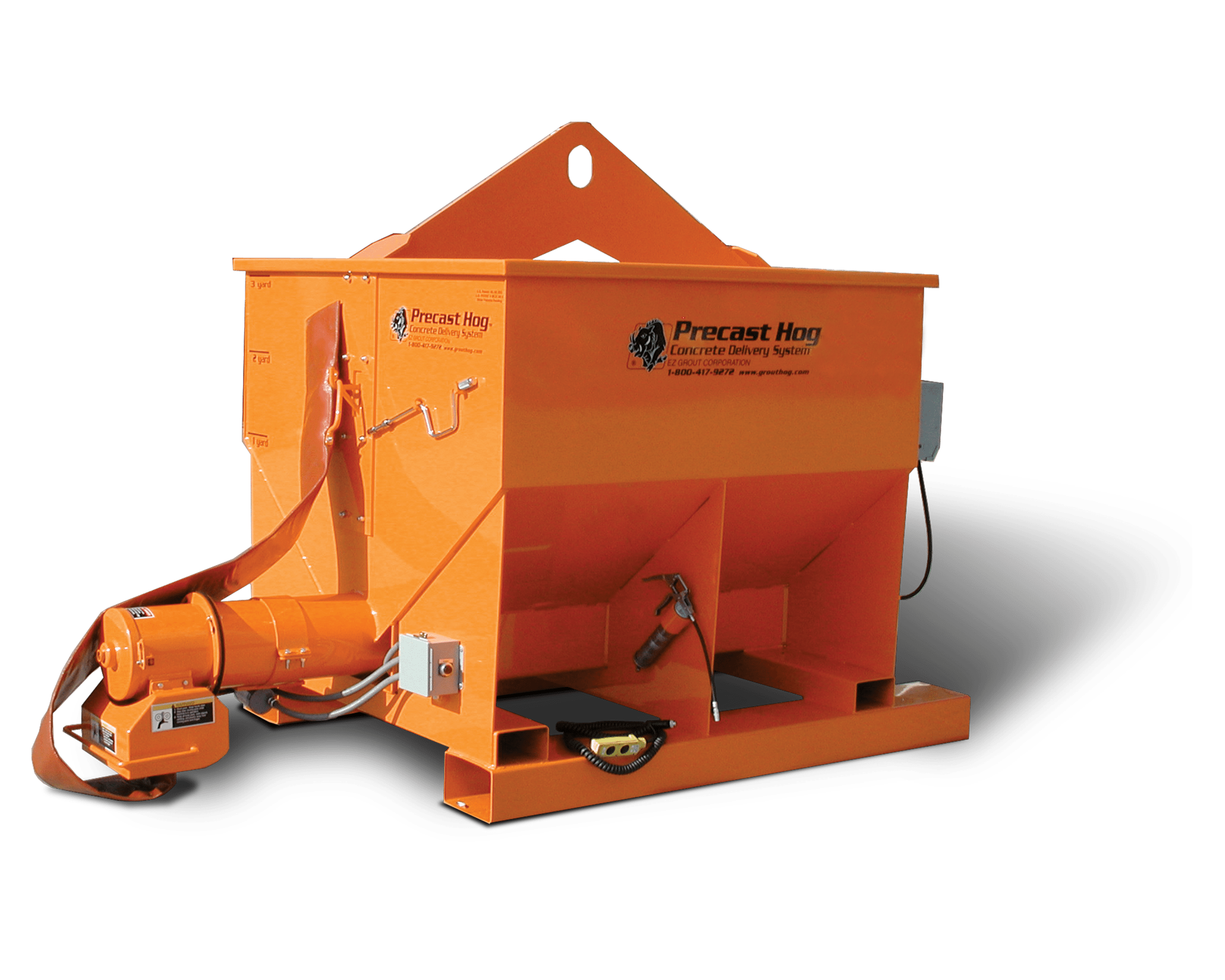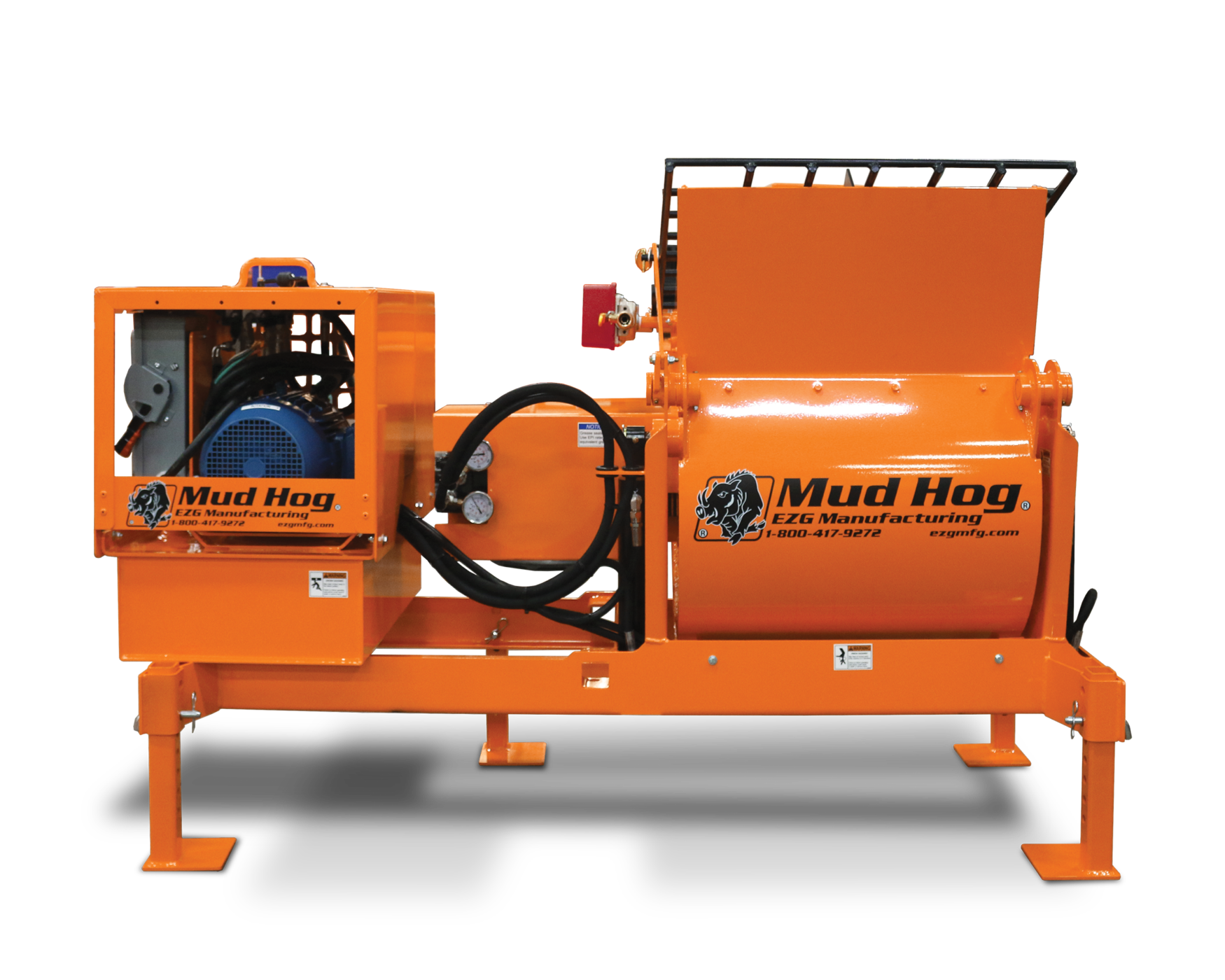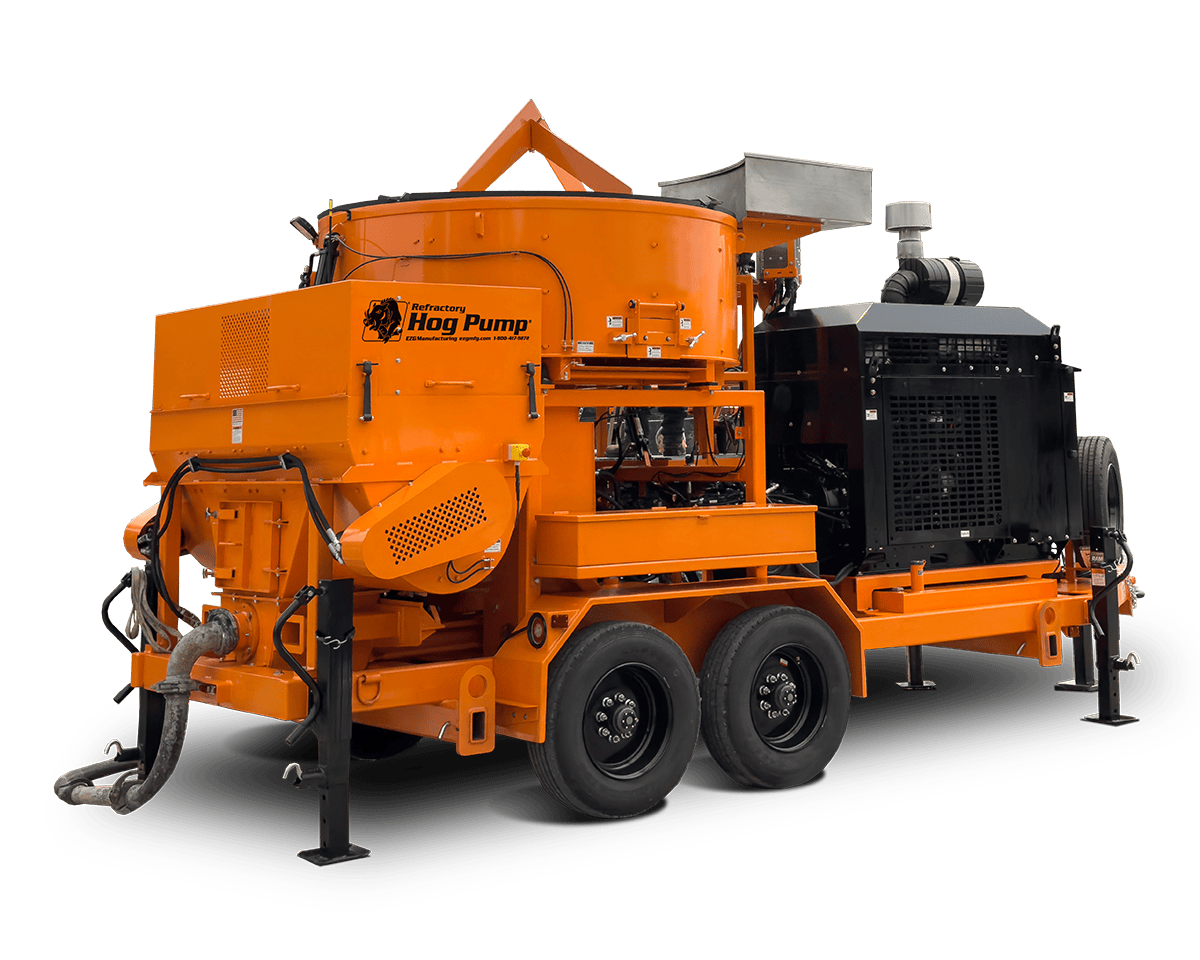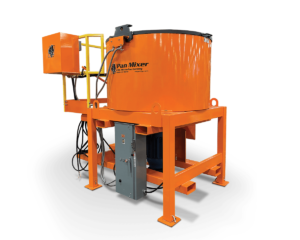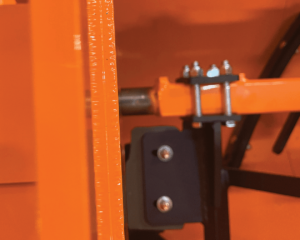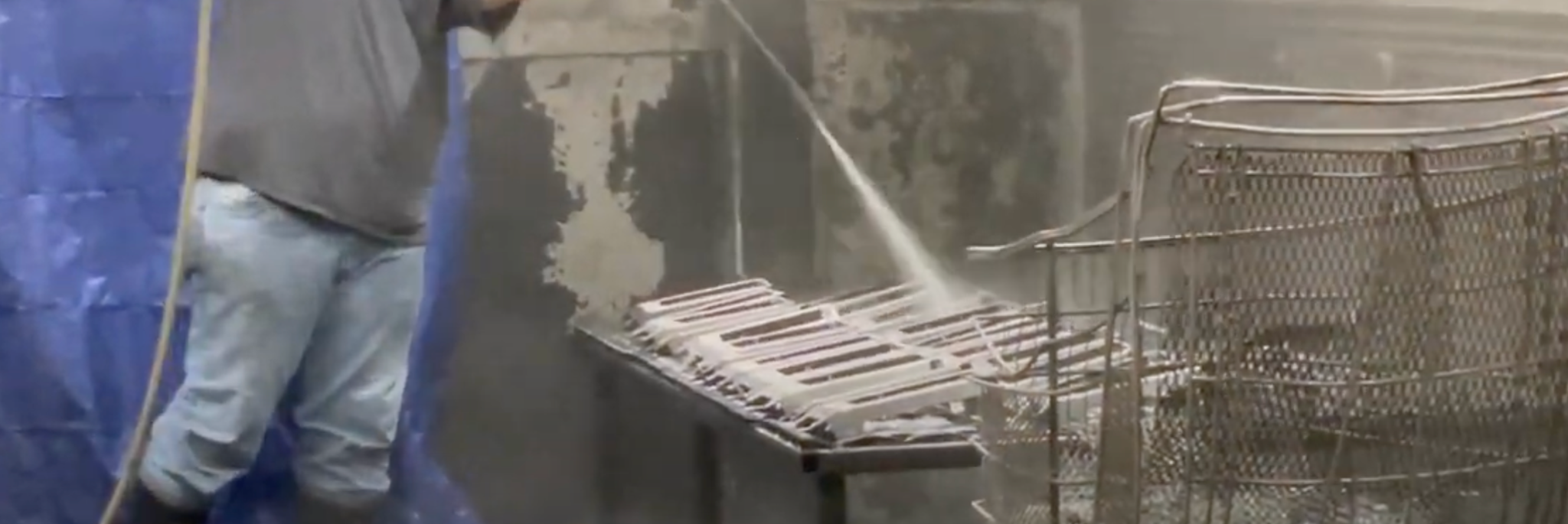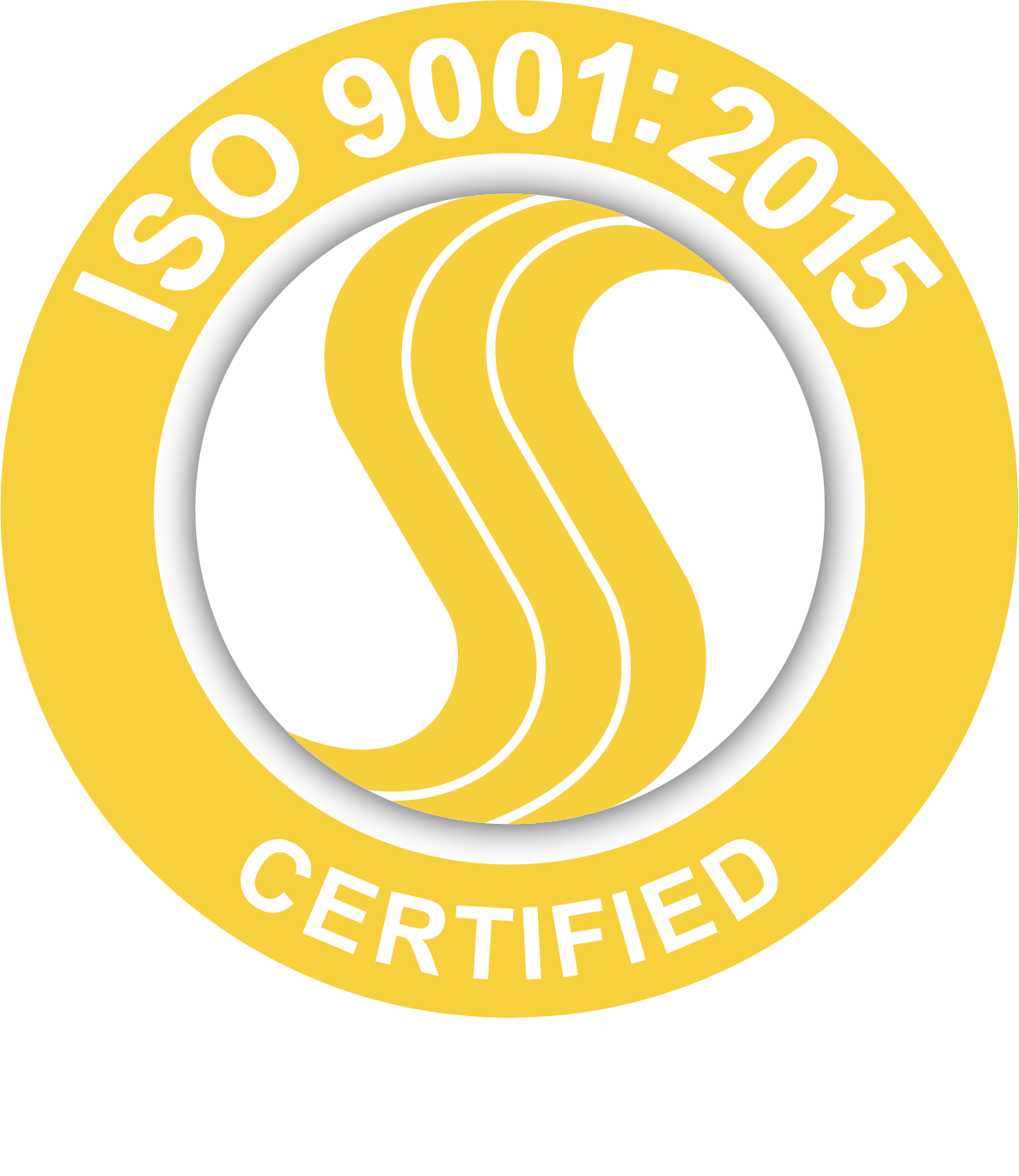A blast booth does more than contain dust and noise. It creates a controlled space where operators can safely prepare surfaces for coatings, finishes, or repairs. Without proper safety standards, that same space can become hazardous. Dust clouds, high noise levels, and flying abrasive material all pose risks to workers and equipment.
This guide explains the safety standards every operator should follow in a blast booth, offering a clear resource for companies that want to protect their teams and maintain consistent project quality.
What is a Blast Booth?
A blast booth, also known as a blast room, sandblasting booth, or abrasive blast booth, is an enclosed structure designed for abrasive blasting. Operators use a pressurized stream of abrasive media to remove rust, paint, or contaminants from metal and other materials. The process also creates a texture, or profile, that helps coatings stick and last longer. These booths contain dust, recover abrasive, and create a safer environment compared to open-air blasting.
For example, a manufacturer of steel fencing panels might run large sections through a blast booth to strip away rust and mill scale before applying a powder coat. In the construction market, contractors often use a booth to prepare structural beams or precast components so protective coatings adhere properly. Even smaller shops rely on blast booths to clean equipment parts, giving them a clean surface that extends the life of a new finish.
Blast booths are often compared with paint booths, spray booths, and powder coating booths, but their purpose is different. Blast booths prepare the surface; the others apply the finish.
Comparison of Booth Types
| Booth Type | Main Purpose | Common Use Cases |
|---|---|---|
| Blast Booth | Surface preparation via abrasive blasting | Corrosion control, profile creation, paint adhesion |
| Paint Booth | Controlled environment for spraying paint | Automotive, industrial finishing |
| Spray Booth | Similar to paint booth, smaller scale | Small equipment, parts finishing |
| Powder Coating Booth | Powder application prior to curing oven | Durable coating on machinery, fencing, and frames |
Why Safety Standards Matter in Blasting Operations
Abrasive blasting operations are powerful, but that power comes with hazards. High-pressure nozzles create airborne dust that can harm lungs. Noise levels inside a booth can damage hearing. Abrasive material often rebounds at high speed, striking operators or equipment. Add in reduced visibility and the confined layout of a booth, and you have a work environment that demands safety standards.
Safety isn’t just about avoiding accidents. Dust control, proper PPE, and well-maintained equipment all contribute to consistent results. A booth that follows safety standards supports better visibility, smoother operations, and higher-quality surface prep.
Main Hazards in a Blast Facility
- Airborne dust and particles
- Prolonged exposure to high noise levels
- Flying abrasive striking the operator
- Confined space risks
- Slips, trips, and reduced visibility
Blast Booth Safety Standards Every Operator Should Follow
1. Personal Protective Equipment
No operator should enter a blast system without protective equipment. PPE shields workers from abrasives, dust, and noise while also supporting comfort during long shifts.
Standard gear includes:
- Air-fed helmet with a clear visor and steady airflow
- Respirator if a helmet system isn’t in use
- Protective gloves and coveralls to keep abrasives off the skin
- Safety boots with slip-resistant soles
- Hearing protection to lower exposure to blasting noise
PPE for Blast Booth Operators
| Equipment | Purpose |
|---|---|
| Air-fed helmet | Respiratory protection, visibility |
| Gloves and coveralls | Keeps abrasives off the skin |
| Safety boots | Protects feet, reduces slipping |
| Hearing protection | Lowers risk of hearing damage |
2. Dust Collection & Ventilation
Clean air is a must inside a blast booth. Ventilation systems pull dust away from the operator, while dust collectors trap airborne particles before they spread. Most booths operate under negative pressure, which keeps dust from escaping into the surrounding shop.
Operators should check filters and collection systems at the start of each shift. If the air isn’t moving properly, visibility drops and dust levels rise. A well-functioning ventilation system protects both operators and finished surfaces.
Dust collection also ties directly to abrasive recycling. By separating dust from reusable media, recovery systems keep aluminum oxide, steel grit, and other abrasives cleaner for multiple cycles.
3. Abrasive Selection & Handling
The abrasive determines how the surface material is profiled and how coatings bond later. Operators should choose abrasives carefully:
- Aluminum oxide: durable, sharp, excellent for hard surfaces
- Steel grit: aggressive, ideal for tough coatings or heavy corrosion
- Glass bead: for smoother finishes or lighter cleaning
Proper storage keeps abrasives free from moisture and contamination. When possible, use abrasive recycling systems to lower cost and maintain consistent performance. Operators should also follow local and environmental guidelines when disposing of spent media. Proper handling reduces waste, improves consistency, and extends the life of both equipment and media.
4. Booth Design & Maintenance
The design of a blast booth directly impacts operator safety:
- Airflow: Proper ventilation keeps dust moving toward the collector.
- Lighting: Bright, even lighting reduces mistakes during blasting.
- Partial floor recovery systems: Help operators collect abrasive while reducing manual cleanup.
- Blast hose and nozzle checks: Worn hoses or nozzles increase risk of failure.
- Material handling: Carts, lifts, and rails reduce strain and help position heavy work pieces.
Custom blast rooms may include larger footprints, automated recovery systems, or robotic blasting setups. Regular inspection keeps the booth functioning safely.
5. Operational Practices
Blast equipment takes heavy wear. Even the best-designed booths should be inspected daily for cracks, leaks, or worn edges. A failure inside the booth puts both the operator and the project at risk.
Safe Blasting Guidelines
- Maintain steady nozzle distance for consistent profile
- Avoid blasting too long in one area to prevent damage
- Watch for hose wear and replace fittings before leaks occur
- Keep pressure within manufacturer’s recommended range
- Always check air pressure settings (too much can damage the surface, while too little wastes media and time)
- Ground equipment to reduce static sparks
Emergency Preparedness
Even with strong safety practices, emergencies can happen. Every booth should have posted procedures that are easy to follow.
Steps include:
- Stopping blasting immediately
- Shutting down compressed air and abrasive feed
- Evacuating through the nearest exit
- Following site-specific first aid or fire protocols
Advanced Safety Considerations
Robotic Blasting & Automation
For repetitive blasting jobs, robotic blasting can reduce operator exposure. Robots deliver consistent motion, reducing strain and keeping operators outside the booth during long cycles. While an upfront investment, automation can improve safety while maintaining consistent surface preparation results.
Integration with Coating & Finishing
Blasting is the foundation for coatings such as paint and powder. A clean, consistent surface profile allows better paint adhesion and longer-lasting new coating performance.
- After blasting, parts may move to a paint booth, spray booth, or powder coating oven.
- Any contamination left behind reduces coating quality.
- Coordinating blasting and coating steps under one roof improves timing and reduces handling.
Training and Ongoing Safety Practices
Equipment and PPE are only effective if operators know how to use them. Training is the foundation of safe blasting.
New operators should be trained before entering the booth. Training should cover PPE, equipment checks, media handling, and emergency response. Refresher courses help experienced operators stay sharp and keep up with changes in equipment or standards.
Supervisors can support safety through regular audits. Daily safety checklists are also a useful tool. A short review before each shift helps prevent small issues from becoming larger problems.
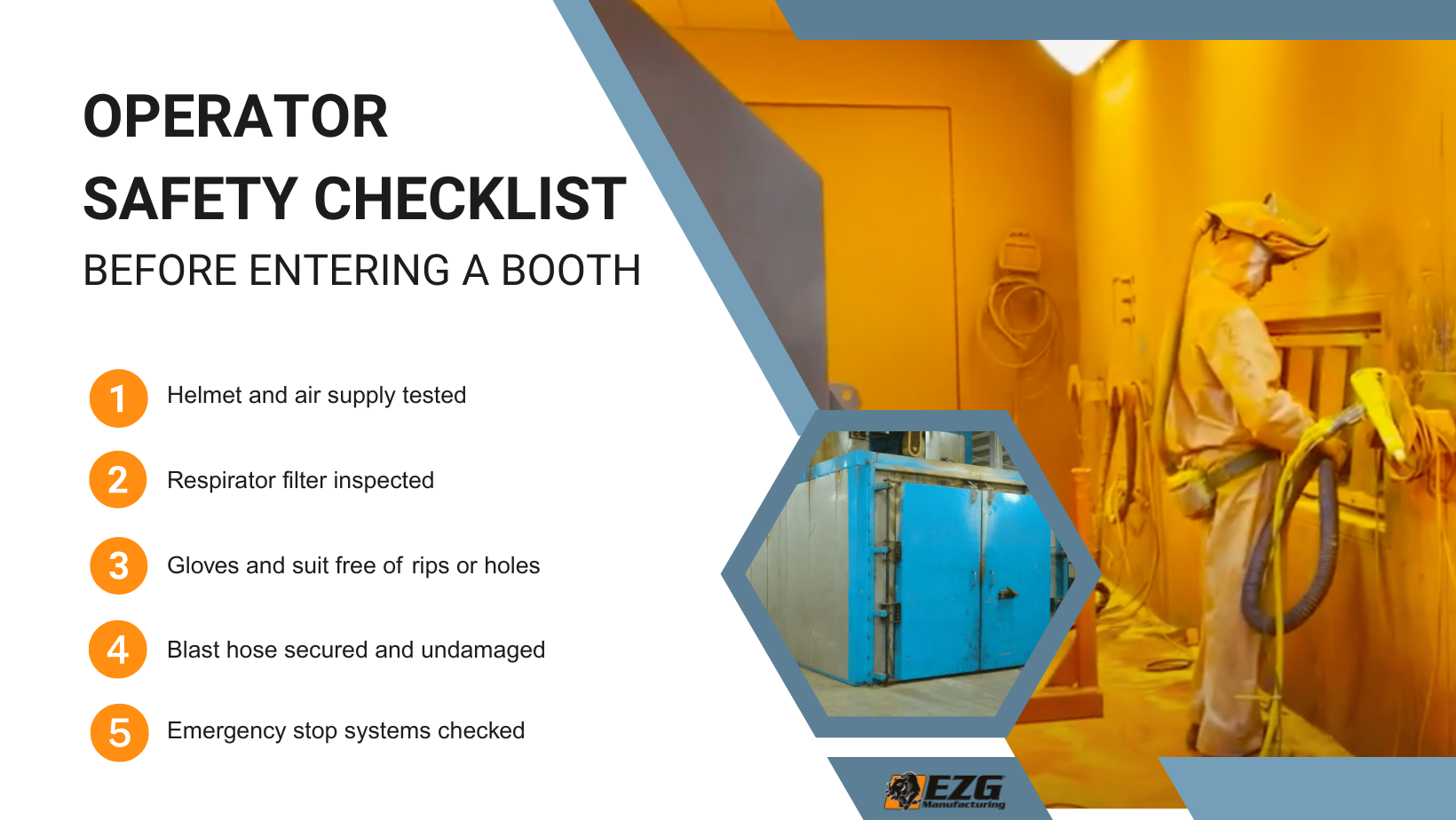
Industry Regulations and Standards to Know
Blast booth operations are regulated at several levels.
- OSHA covers air quality, noise exposure, and protective equipment in abrasive blasting.
- NIOSH publishes recommendations for booth design and respiratory safety.
- ANSI/ISO standards guide equipment testing, airflow requirements, and booth construction.
Following these standards protects workers and also builds trust with clients and inspectors. A company that follows regulations shows commitment to both safety and quality.
How Blast Booth Safety Improves Project Outcomes
Safe operations support better results in more ways than one.
- Consistent surface preparation: A clean, controlled booth produces uniform profiles for coatings to bond to.
- Longer equipment life: Inspections and maintenance keep parts from failing prematurely.
- Fewer delays: Fewer accidents and breakdowns mean fewer interruptions in production.
- Operator confidence: Workers who feel protected are more focused and productive.
At EZG Manufacturing, our approach to equipment design and contract manufacturing always puts operator safety and long-term performance first. We build blast booth solutions that companies can count on day after day, with durability and safe operation built into every step. Our in-house powder coating and wet paint services provide the finishing touch. With large-capacity powder coat booths, experienced specialists, and a full-service facility, we deliver uniform, corrosion-resistant finishes without relying on third parties. From blasting to coating, EZG provides trusted solutions across industries, including masonry, fencing, precast, and refractory.
Contact us today to learn how EZG Manufacturing can support your blasting and finishing needs with reliable, in-house solutions.
